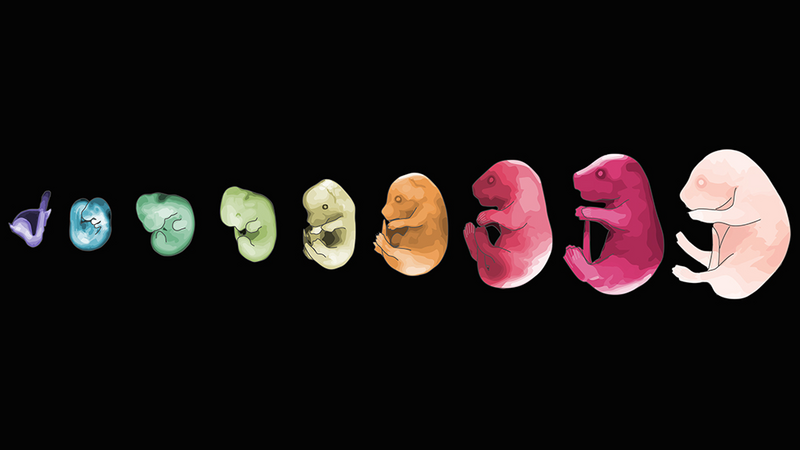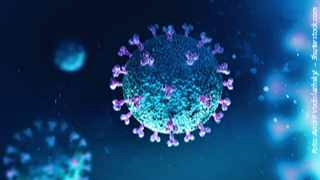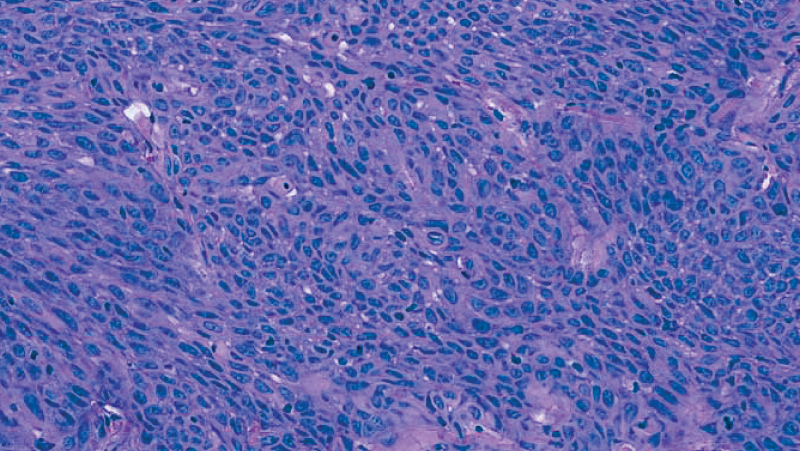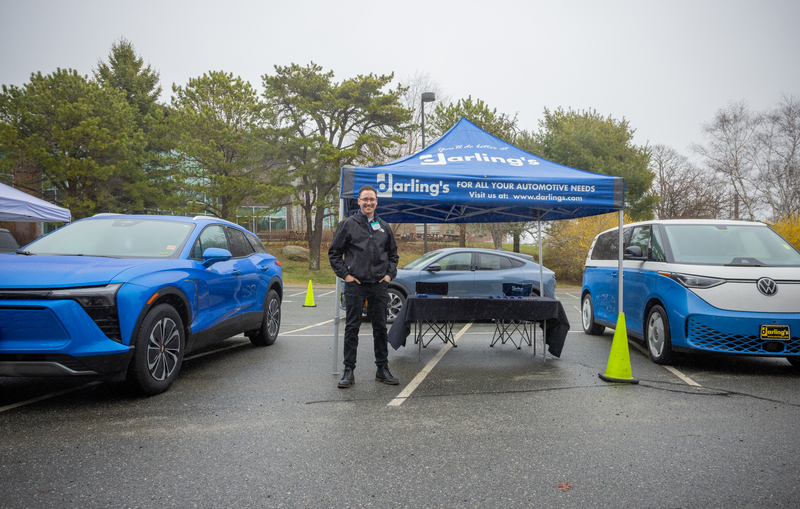Test Abstract
Settings
Save and close
Test Abstract
CTA Test CTA Test lighgrey CTA Test greytop CTA Test silver CTA Test lightblue lightgray graytop
cite-abstract abstract learn-more
disabled silver lightblue
table-wrap float-left float-right
margin-10 margin-20


JAX scientists uncover how a mitochondrial energy boost fuels blood disorders—and how to cut it off.



Antibody Therapeutics - Left Column - Ad
Antibody Therapeutics - Right Column - Ad

JAX scientists not only uncover how an energy boost from mitochondria fuels blood disorders, but also how to shut it down.
Learn more


Senior Vice President, Chief of Staff and Chief People Officer
Schorer serves as a strategic partner to the CEO and oversees growth initiatives, human resources, environmental health and safety services, inclusion and belonging, ombuds office and communications and marketing.
Meet Emily
Mark Wanner
Director, Research Communications
Explains and disseminates biomedical science and clinical science issues to a wide audience through a variety of media.
[email protected]
Jan 21 - 23
Webinar
JMCRS Event - Test Event Detail Page
Bioethics, Modeling Human Disease, Professional Development

21Jan
Event Short Description test
01:00 PM
Register Now
Cryopreserved mouse embryos are available for in-house microinjection or to circumvent restrictions on transporting live mice. Select from inbred or GEM models to fit your experiment.

With an extensive number of tumor configurations from treatment naïve and resistant-patients available to engraft into immunocompromised NSG™ mice, JAX PDX models can be shipped to your facility or used in JAX-directed preclinical efficacy studies.

Astronauts face a very difficult challenge in space. In microgravity, their muscles and bones weaken over time. Specialized exercise programs developed for stints on the International Space Station (ISS) have helped, but for anything longer—such as a voyage to Mars—they would not be sufficient. In addition, earthbound people with limited or no mobility already face debilitating muscle atrophy and bone fragility, underscoring the need for an effective way to maintain both muscle and bone mass, both here on earth as well as in space.
Myostatin (MSTN) is a protein that is part of a system of checks and balances that limits muscle growth in many species, including humans. When its braking function is removed, increased muscling results. Mice lacking the MSTN gene—dubbed “Mighty Mice”—show dramatic muscle growth. But what happens to these mice in microgravity? And could an inhibitor of MSTN function help even normal, wild-type mice retain their muscle mass in space?
The Jackson Laboratory’s mouse cells and tissues, including blood, organs, embryos, and embryonic stem cells, provide versatile and well-characterized models for biomedical research. JAX tissues are harvested by expert surgeons with extensive experience isolating tissues from mice. These resources support studies in developmental biology, disease modeling, and regenerative medicine, enabling deeper insights into genetics, immunology, and therapeutic development. Save time, money, and space spent on housing, embryo or tissue isolation, and processing by getting only the tissues you need.
The parental cell line used for the generation of this catalog's gene-edited variants is the KOLF2.1J cell line. This cell line was selected based on a variety of characteristics including its genomic sequence, genome stability in culture, cellular characteristics (i.e., pluripotency) and amenability to gene editing protocols. The KOLF2.1J cell line was derived from the HPSI0114i-kolf_2 line through extensive molecular and cellular characterization efforts, including the correction of a pathogenic mutation in ARID2.


Figures above:
Identification of donor- and dose-dependent cytokine release and efficacy with CD19xCD3 bispecific treatment in PBMC humanized NSG-MHC I/II-DKO mice bearing human B cell lymphoma. Mice were humanized with 5 different human PBMC donors followed by engraftment with a luciferase tagged Raji B cell lymphoma. Mice were then dosed with PBS or six different concentrations of CD19xCD3 bispecific. The cytokine levels show dose dependency, and each PBMC donor showed a unique profile of cytokine release.
Figure above:
Donors D, F, G: these patients had a good response even with low cytokine release, so they could have tolerated an even higher dose and perhaps seen even further improved efficacy, Donor C: high cytokine release and poor overall response.


JAX attracts people from around the globe to join our teams in Maine, Connecticut, California and Japan.
View more
Antibodies are powerful tools for treating cancer, immunological disorders, and CNS diseases, but developing antibody therapeutics requires advanced tools and expertise. JAX provides next-generation transgenic mice for antibody discovery and humanized models for evaluating pharmacokinetics, efficacy, and safety to accelerate your research.

Practice identifying patients who may benefit from exome testing and communicating with patients, families, and genetic experts about testing.
leslie's learning resource. leslie's learning resource. leslie's learning resource. leslie's learning resource. leslie's learning resource. leslie's learning resource. leslie's learning resource. leslie's learning resource. leslie's learning resource. leslie's learning resource. leslie's learning resource. leslie's learning resource. leslie's learning resource.
This is my content. This is my content. This is my content. This is my content. This is my content. This is my content. This is my content. This is my content. This is my content. This is my content. This is my content.
JAX scientists not only uncover how an energy boost from mitochondria fuels blood disorders, but also how to shut it down.
Learn more